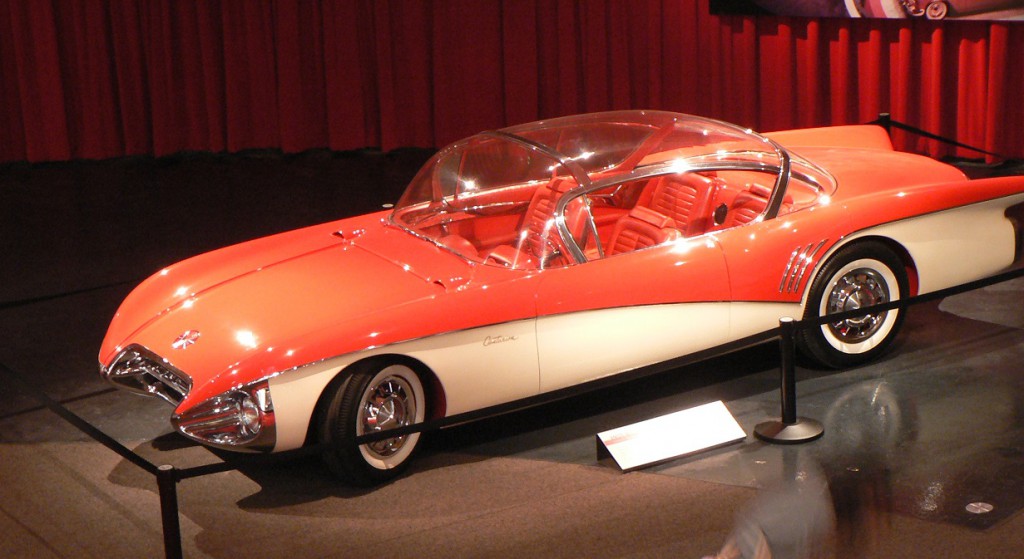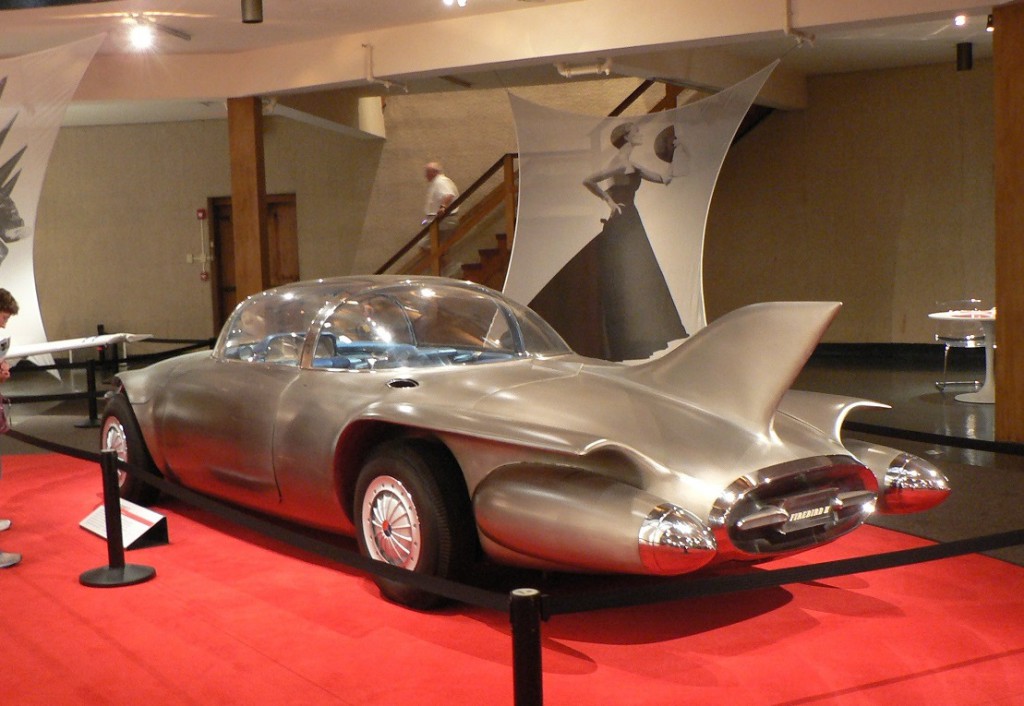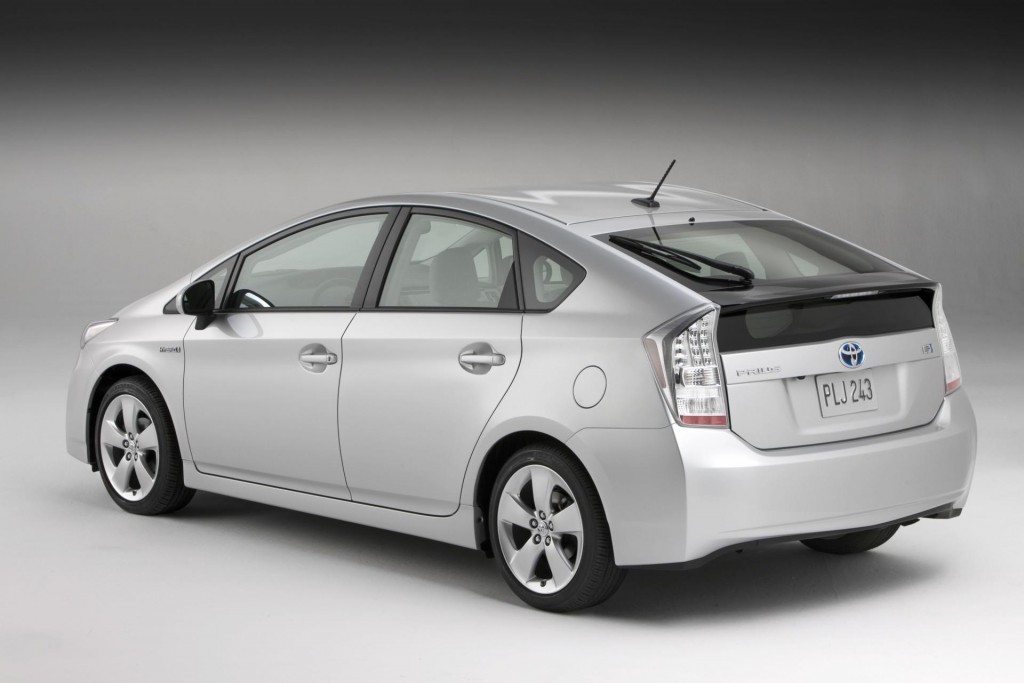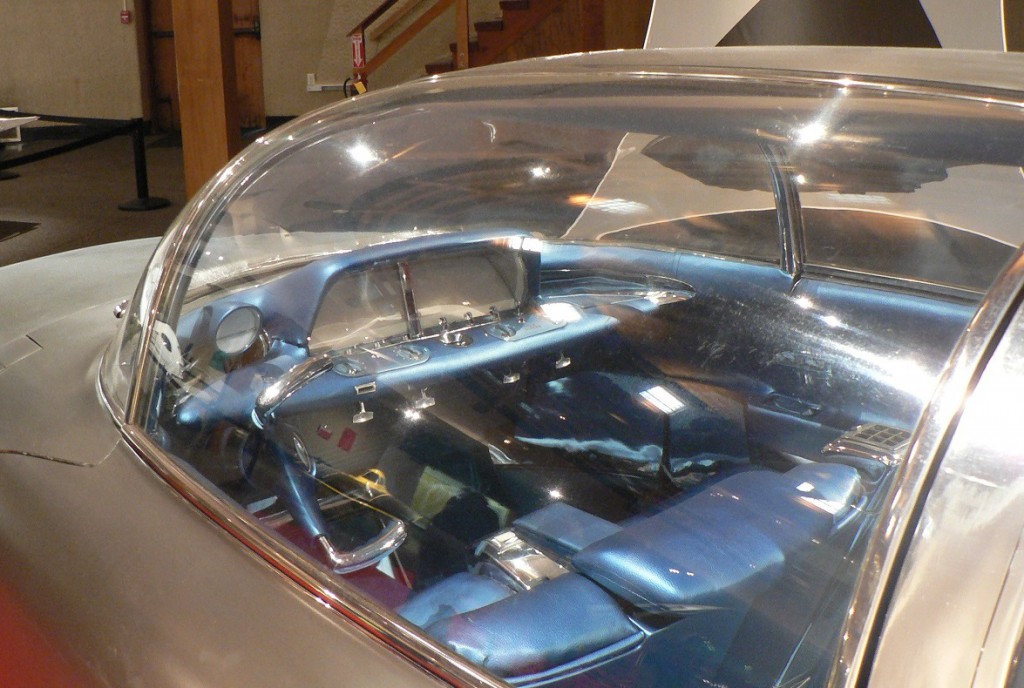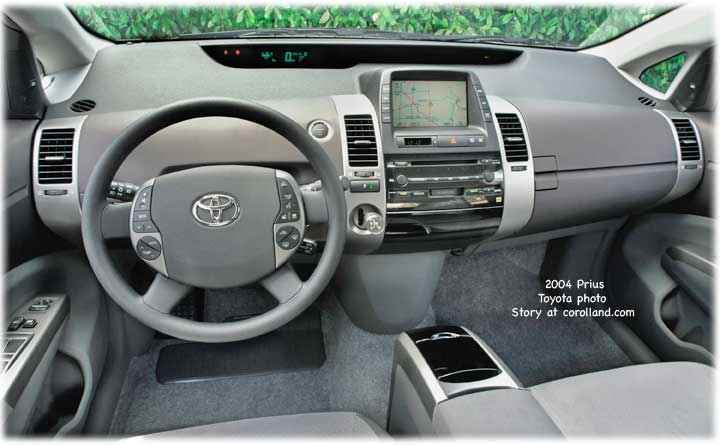I see that Virgin Galactic has announced a 25% increase in the price of their suborbital flights, from $200,000 to $250,000. The close to 600 people who’ve already put down a deposit at the original price will not be assessed for any addition fees; this applies only to latecomers.
What’s interesting to me about this is that as a technology evolves, you’d expect prices to go down, not up. Now whatever else Sir Richard is or isn’t, I think we can all agree that he’s a savvy businessman. When he cut the deal with Rutan, Spaceship One was already flying. And from what I read, it got there for about $25 million. So the budgeting for Spaceship Two was not done in a vacuum.
The revenue from the tickets sold so far is $120 million. I’ve got no idea what it costs to fly Spaceship Two, but I sense that at $200k/ticket, there may be room to make a few bucks, or at least not operate at a desperate loss.
Of course, margins would be better at $250,000. And I think this is an example of an inelastic price; that is, there aren’t a whole lot of people who’d be wiling to plunk down 200 grand, but at 250 would say “No, that’s just too much.” So why not run the price up a bit?
I’m kind of hoping that this is a case where the price is set based on what the market will bear. And I’m also thinking that, once the first few flights take place and don’t end in a smoldering crater, there will be an uptick in demand, from the folks on the sidelines who have the means and desire but also have safety concerns. After all, you didn’t get to the point in life where you can casually drop a quarter of a million on a joy ride without at least a degree of prudence.
So you’re Sir Richard, and you’ve got this unique service that costs $X to provide, where $X is significantly under $250,000. You start at $250,000, and sell all the tickets you can at that price. When sales start getting soft, you drop the price to, say, $195,000, and pick up some marginal customers who were initially priced out. And you keep doing this until you reach $X plus some percentage, the amount you judge to be a worthwhile profit. Or put another way, the percentage below which you don’t want to be bothered with the hassles of running your own space program.
So once he’s flying regularly, I expect the price to drop. How much? Beats the hell out of me. But I’ve said here before, if it gets to the price of a decent car (~$25,000) , I’ll find some way to take the trip, though even at that price, it works out to about $1000 per minute of actual flight time.
A frivolous expense? Perhaps. But I suspect that a jaunt into space would be one of those experience that divides your life into a before and an after. And to me, that’s worth driving a junk car for a few years.


